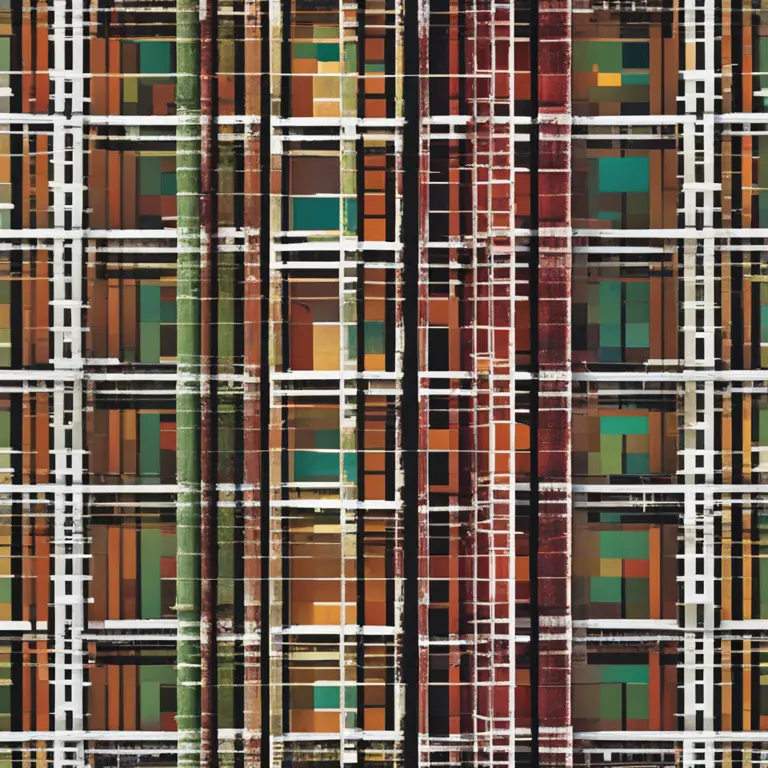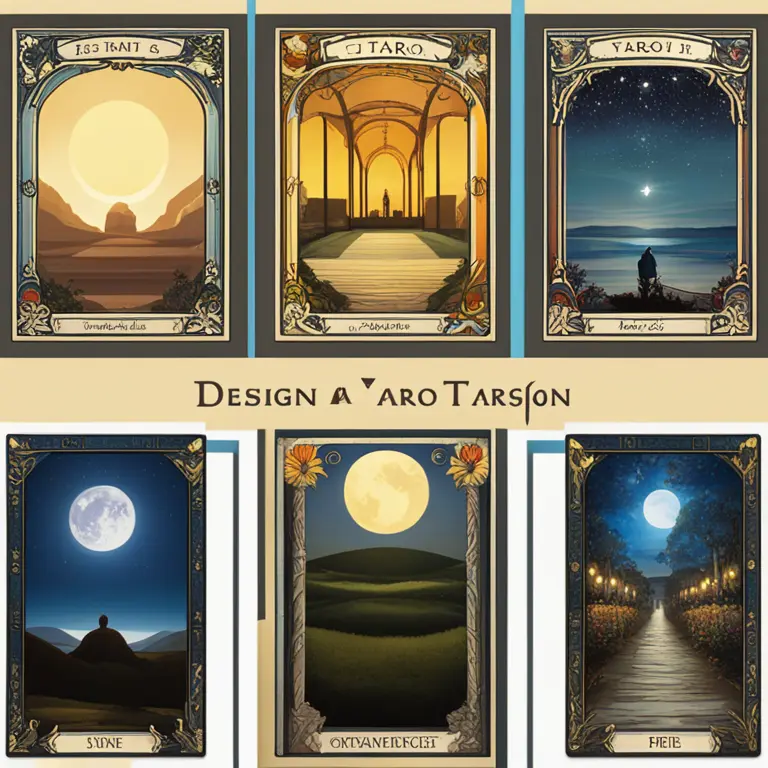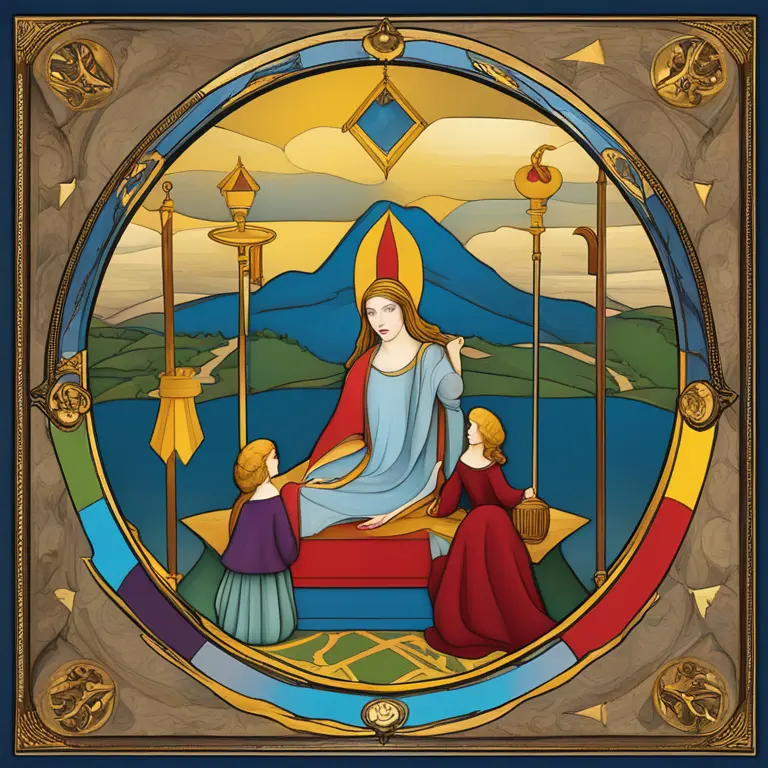
The Mysterious Genesis of Tarot
The creation of tarot cards is shrouded in mystery, reflecting a fusion of art, mysticism, and history. While the exact origins are lost to time, the earliest tarot decks are believed to have appeared in the 15th century. They emerged in Italy, within the culturally rich Italian courts, and were initially known as 'carte da trionfi' or triumph cards, primarily used for games. It wasn't until centuries later that their use in divination became widespread, crossing the boundaries of countries and classes to gain the reputation they hold today.

The Artisans Behind the Arcana
The identities of the individuals who first designed tarot decks are mostly unknown, but one of the earliest decks, the Visconti-Sforza tarot, was possibly created by Bonifacio Bembo or other anonymous artists commissioned by the Duke of Milan. These beautiful, hand-painted cards are considered masterpieces of the early Renaissance period. The intricate symbols and imagery of the tarot drew upon cultural, religious, and allegorical iconography prevalent in Europe at the time, synthesized into a form that would become a template for future generations.

Transition to Modern Tarot Design
Tarot's design continuously evolved, but it reached a pivotal point with the introduction of the Rider-Waite-Smith deck in 1909. Illustrated by Pamela Colman Smith under the guidance of Arthur Edward Waite, a mystic and member of the Hermetic Order of the Golden Dawn, this deck standardized many tarot imagines and infused them with esoteric symbolism. This deck’s illustrations expanded upon the meaning of each card, introducing complex scenes into the Minor Arcana - a significant shift from the earlier playing cards’ design which featured pips on the numbered cards.

Contemporary Creators and Styles
Today’s tarot designs are as diverse as the artists who create them. Digital platforms and printing advances have democratized tarot creation, allowing individual artists to imbue decks with personal, cultural, and stylistic elements. Some draw inspiration from historic decks, reimagining ancient symbolism through a modern lens, while others turn to different philosophical, spiritual, or artistic movements to shape their creations, ensuring that the art of tarot continues to evolve.

Astrological Influences on Tarot
The celestial dance of the planets continues to be an inspiration for modern tarot card designers and readers alike. With astrological forecasts for 2024 and beyond pointing to times of transformation and awakening, tarot decks incorporating astrological symbols are gaining popularity. The timeless archetypes within the tarot's Major and Minor Arcana resonate with the movement of the stars, becoming a tool for navigating the personal and collective shifts these astrological events may herald.
Conclusion: Tarot's Timeless Appeal
Though the individuals who first designed the tarot remain largely unknown, their legacy endures. From the palaces of Renaissance Italy to the digital screens of today, tarot cards have traveled through time, continuously being reshaped by those who craft and use them. As we move forward, the cards remain an amalgamation of history, art, and spirituality, reflecting human nature back to those who seek insight.
Published: 2/8/2024
Modified: 2/9/2024
More predictions
Come back here soon to learn more about yourself and your future


The Art of Tarot Reading: Insights and Predictions
Delve into the mystical world of tarot reading to uncover the secrets of your psyche and foreshadow your future through this ancient form of divination.


The Tarot Card Symbolizing Leo
Discover the tarot card that embodies the fiery essence of the zodiac sign Leo, and how it reflects the lion's attributes in readings.